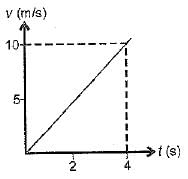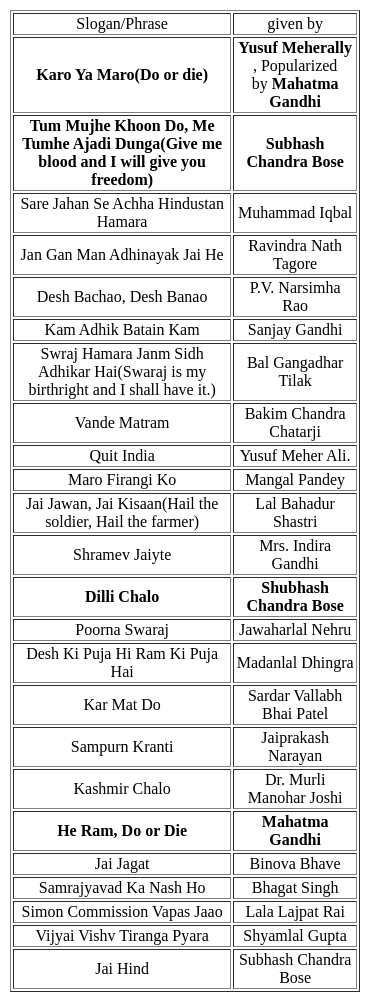NVS Lab Attendant Mock Test - 5 - NVS TGT/PGT MCQ
30 Questions MCQ Test NVS Lab Attendant Exam Mock Test Series 2025 - NVS Lab Attendant Mock Test - 5
Directions to Solve
In each of the following questions find out the alternative which will replace the question mark.
Question -
Country : President :: State : ?
Direction: Study the following information carefully and answer the given questions besides.
Five students participated in a math test. Tarun scored more marks than Priyam but less than Rahul. Sagar neither scored 3rd highest nor scored lowest marks. Priyam scored more marks than Anurag. Sagar scored less marks than Tarun, who scored 87 marks.
Q. How many marks Rahul could have scored?
Q. How many marks Rahul could have scored?
| 1 Crore+ students have signed up on EduRev. Have you? Download the App |
Directions to Solve
In each of the following questions find out the alternative which will replace the question mark.
Question -
Master : OCUVGT :: LABOUR : ?
Which country's aerospace and defence company set up an Indian subsidiary named AeroSpace Services India (ASI)?
The headquarters of International Monetary Fund (IMF) is located at ______.
Direction: In the following question, the sentences have been given in Active/ Passive Voice. From the given alternatives, choose the one that best expresses the given sentence in Passive/ Active Voice.
They have built a perfect dam across the river.
Find out the Synonym of the following word:
QUARANTINE
The v - t graph of a body of 5 kg moving with the help of a force is shown. Then the force involved is______.

Bones are connected to muscles at the joints by______.
By counting the number of vibrations of a tuning fork per second, __________ can be found.
Which colour appears when few drops of phenolphthalein are put into a test tube containing lime water?
Deviation of light as it passes through the atmosphere due to variation in air density is called
Which one of the following is not a fossil fuel ?
Which of the following sets of elements do not belong to the same group ?
The mass of a body on earth is 60 kg, its mass on moon is






 = 2.5 m/s2
= 2.5 m/s2















